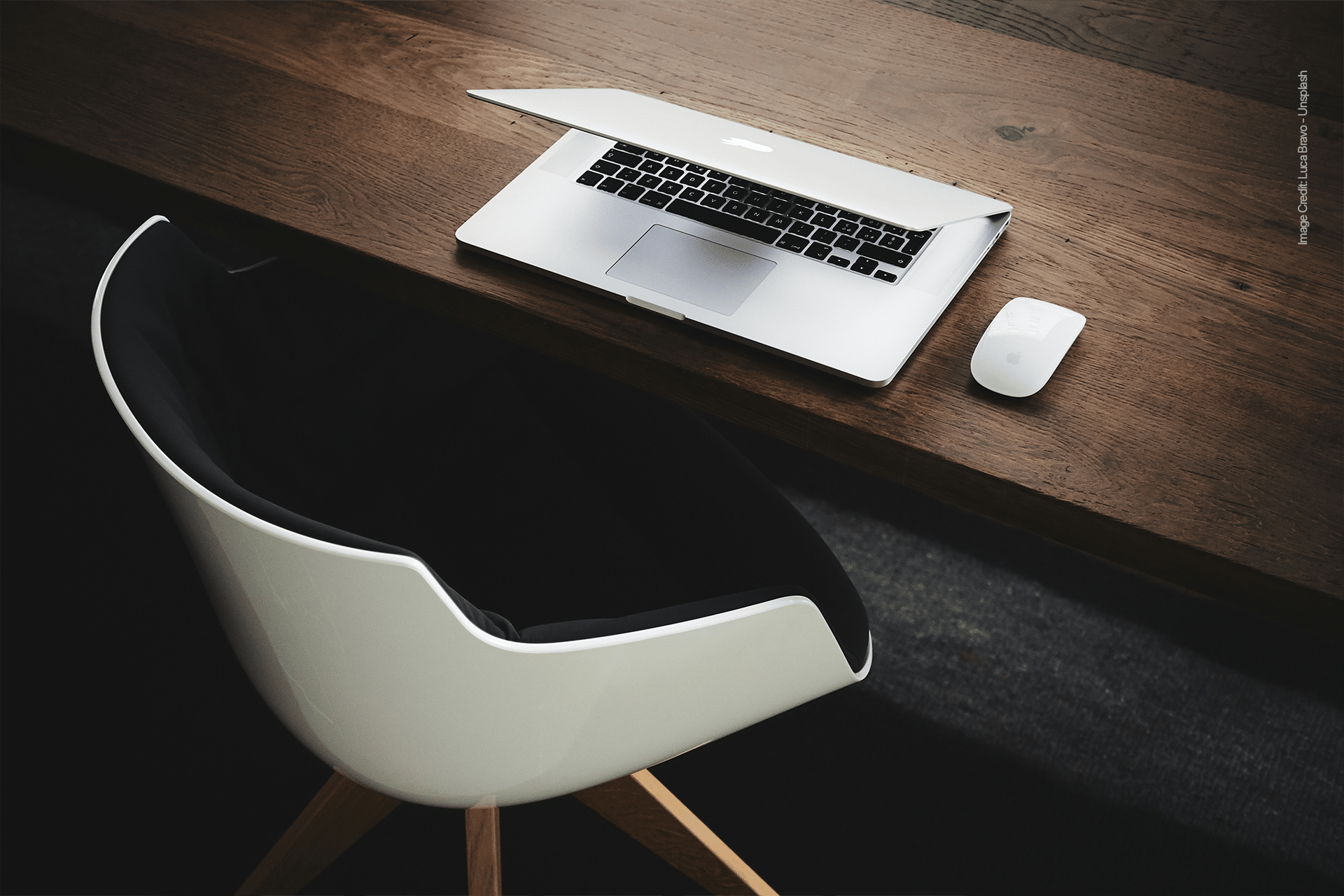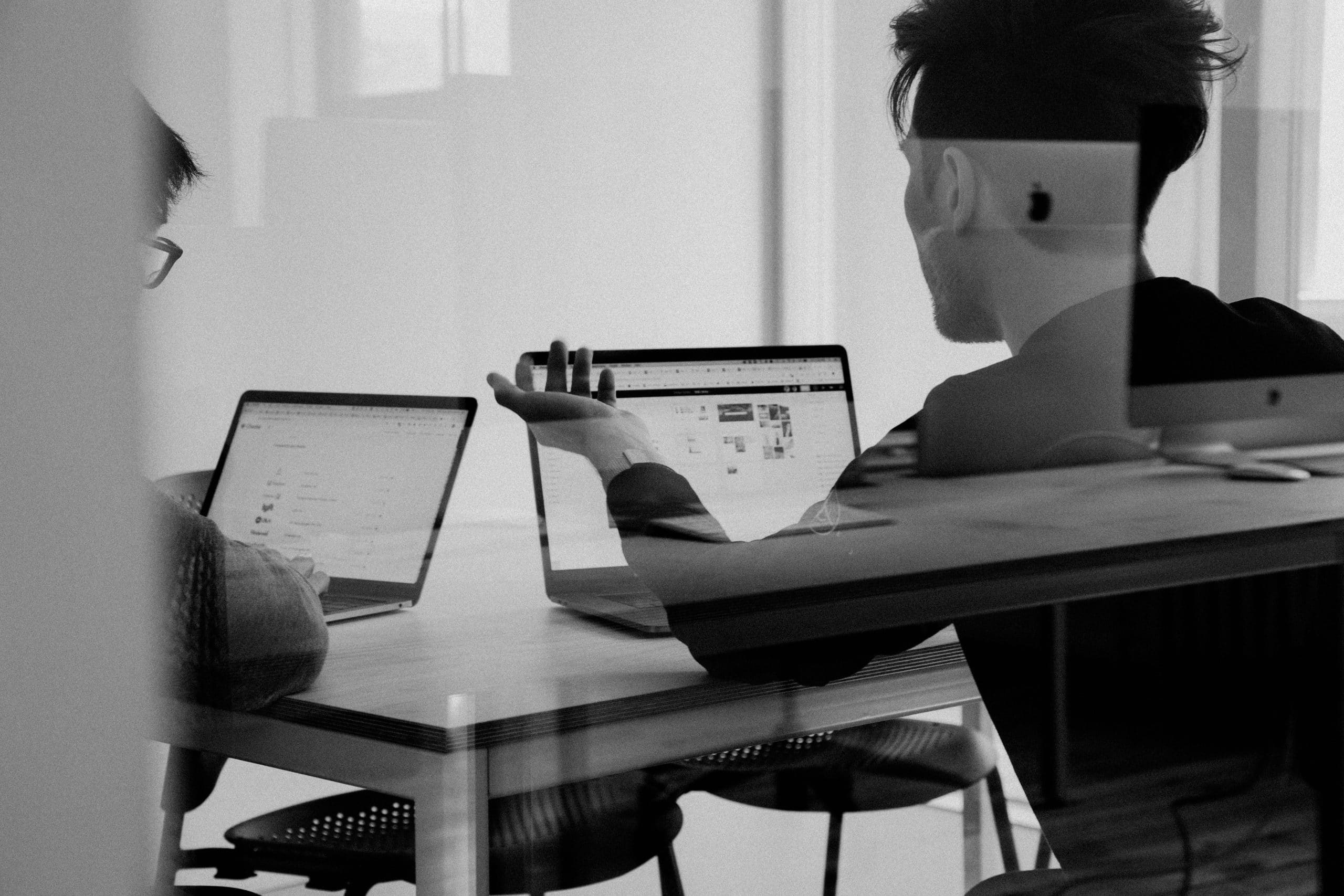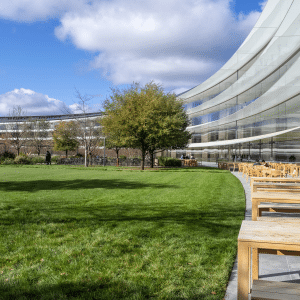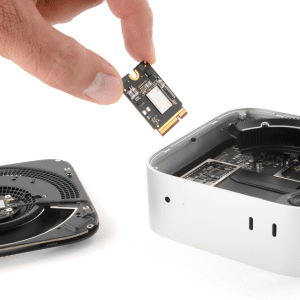A chaotic desk often mirrors a scattered mind. Clearing unnecessary items is the first step toward a focused workspace. Keep only essentials—your laptop, a notepad, a pen—within arm’s reach. Use organizers like trays or drawers to store documents and supplies, ensuring a clean surface that minimizes visual noise. For instance, a simple cable management clip can tame tangled wires, creating a tidier, less distracting environment. Studies show that minimalist workspaces enhance information processing and reduce stress, allowing your brain to zero in on tasks without mental clutter.
Personal touches, like a small plant or a motivational quote, can add warmth without overwhelming the space. However, moderation is key—too many decorations can pull your attention away from work. A single succulent or a framed photo strikes the right balance, offering a calming presence while keeping the desk functional.
Ergonomics as a Foundation
Comfort is non-negotiable for sustained focus. An ergonomic setup ensures your body stays supported, reducing fatigue during long work sessions. Invest in an adjustable chair with lumbar support to maintain proper posture and a desk at the right height to prevent strain. For those who alternate between sitting and standing, a height-adjustable desk allows seamless transitions, promoting physical ease and mental alertness. Positioning your monitor at eye level and using an ergonomic keyboard further minimizes discomfort, letting you concentrate without physical distractions.
Lighting plays a critical role in ergonomics. Natural light is ideal, boosting mood and alertness, but adjustable artificial lighting works well when natural light is scarce. Blue-toned lights, for example, enhance focus by mimicking daylight, while dimmable lamps let you tailor brightness to your needs. Avoid harsh shadows or glare on your screen, which can strain your eyes and break your concentration.

Noise Control for Deep Work
Sound can make or break your focus. Open-plan offices or busy home environments often come with ambient noise that disrupts deep work. Soundproofing solutions, like acoustic panels or thick carpets, can dampen background chatter, while noise-canceling headphones are a game-changer for blocking out distractions. For those who find silence too stark, ambient sounds like white noise or instrumental music can create a gentle backdrop that supports concentration without overpowering it. Apps like Spotify or YouTube offer curated playlists designed for focus, featuring lyric-free tracks to keep your mind on task.
In shared workspaces, consider designating quiet zones or using modular dividers to carve out private nooks. These spaces signal a shift to focused work, helping you mentally separate from collaborative or social tasks. Even in a home office, a folding screen or bookshelf can delineate a distraction-free area, reinforcing a sense of purpose.
Technology to Streamline Focus
Smart technology can elevate your workspace by automating routine tasks and minimizing interruptions. Tools like desk-booking apps or conference room scheduling software ensure you have a dedicated space when needed, especially in hybrid work environments. Voice assistants, such as Amazon Alexa, can set reminders or control lighting hands-free, keeping you in the flow. Software that blocks distracting websites during work hours—think Freedom or Cold Turkey—helps maintain discipline, especially when social media tempts you to scroll.
For those in shared or coworking spaces, occupancy sensors can provide data on space usage, allowing you to identify quieter times or areas for focused work. Integrating these tools creates a seamless workflow, reducing the mental effort needed to manage your environment and freeing up cognitive space for critical tasks.
Strategic Layout for Flow
The physical layout of your workspace influences how efficiently you move through tasks. Arrange frequently used items—like your mouse, notepad, or water bottle—within easy reach to avoid unnecessary movement. In larger offices, consider zoning your space based on tasks: a quiet corner for deep work, a collaborative area for brainstorming, and a relaxation nook for breaks. Clear pathways and intuitive navigation prevent disruptions, while vertical storage solutions, like shelves or wall-mounted organizers, maximize space in smaller offices.
For hybrid workers, flexibility is key. Hot-desking or shared workstations can adapt to varying needs, but ensure these setups include ergonomic furniture and easy access to power outlets. Gathering employee feedback through surveys or one-on-one chats can help tailor the layout to specific work styles, ensuring the space supports both individual focus and team collaboration.
Personalizing for Motivation
While minimalism aids focus, a touch of personalization can make your workspace feel inviting. Greenery, like a peace lily or bamboo, not only purifies the air but also adds a calming, natural element that boosts creativity. Color psychology can further enhance your mood—blue tones promote calm and focus, while green hues spark creativity. Use these colors strategically in wall accents or desk accessories, but avoid overly vibrant shades that might overstimulate.
A visible reminder of your goals, such as a sticky note with your top priorities, can keep you grounded. Place it at eye level to reinforce focus without cluttering your desk. By blending personal elements with functional design, you create a space that feels both motivating and purposeful.
Why It Matters
A thoughtfully organized workspace isn’t just about aesthetics—it’s a strategic tool for enhancing productivity and well-being. By reducing distractions, prioritizing comfort, and leveraging technology, you create an environment that supports deep focus and creative thinking. In a world where attention is constantly fragmented, a well-designed workspace empowers you to reclaim control over your time and output. Whether you’re working from home, a coworking space, or a traditional office, these principles can transform your daily experience, helping you achieve more with less stress.








